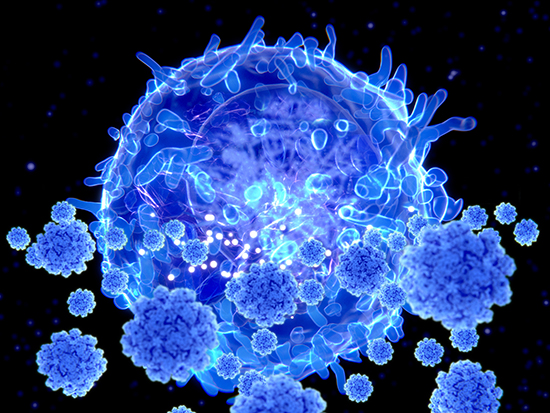
As people across the globe look forward to longer life expectancies, malignant cancers continue to pose threats to human health. The exploration and development of immunotherapy aims to seek new breakthroughs for the treatment of solid tumours.
The successful establishment of anti-tumour immunity requires the activation, expansion and differentiation of antigen-specific lymphocytes. This process largely depends on specific interactions between various T cells and antigen-presenting cells (APCs) in the body. However, existing tumour vaccines, such as neoantigen vaccines and various vector vaccines, all rely on random interactions with APCs in the body...
Read More







Recent Comments